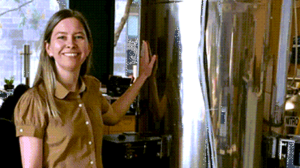Structural and biophysical characterization of function and aggregation in the extremely long-lived proteins of the eye lens
The crystallin proteins that make up the refractive medium of the vertebrate eye lens must remain soluble and stable for a lifetime. These proteins maintain their short-range order without strong intermolecular interactions even at concentrations above 400 mg/mL in humans and closer to 1000 mg/mL in fish. Structural and biophysical studies in professor Martin’s group seek to discover how the crystallin function in the healthy lens and what happens when they aggregate, causing cataract disease. Professor Martin’s group has solved NMR and crystal structures for the structural lens protein human γS-crystallin and several aggregation-prone variants, including some associated with hereditary cataract and others that mimic age-related damage. Professor Martin will also discuss the development of new NMR instrumentation and methodology to investigate the transparent hydrogel state of concentrated crystallin proteins, which is difficult to study using standard techniques for either solid-state or solution NMR. The presentation will be followed by Q & A.
RSVP here!
Zoom link to be shared with attendees the day of the event.
Our Distinguished Panelist

Professor Rachel Martin
University of California, Irvine
The event is FREE and open to the community. More information at: calacs.org or email mozafari.mina20@gmail.com
